Keen to know more
about our Full Service?
Our world class qualitative user testing can help explain the why behind your data and give you the answers to your burning questions.
Ask anyone and they will probably tell you that 2021 passed in what felt like the blink of an eye. The global pandemic continued to significantly impact our lives, with a large amount of another year spent in lockdown. We were asked to shake up our routines yet again. We as a society spent more time indoors due to restrictions and once again turned to digital platforms as a solution to remote working, education, shopping, delivery of goods, socialisation and entertainment.
Along with a surge of users online, we saw a multitude of online businesses birthed in 2021. With the level of competitors at an all time high, UX Designers were forced to implement innovative design features and elements in order to deliver the best user design experiences and stand out from the sea of competition.
Here we will break down the top 5 UX trends influenced by the year that was 2021 and what UX Design elements we predict will be leading the way in 2022.
As technology continues to evolve, so too has our use of devices and online platforms. User experience (UX) design has become one of the most dynamic and exciting design disciplines because of its ever-changing nature. Here are our top 5 trend predictions you need to keep your eyes on for 2022.
Dark Mode
Dark Mode refers to user interfaces that use a predominantly black colour scheme. For instance, using dark backgrounds and brightening up the design by making the text stand out against them. Dark Mode has long been used by companies like Apple, YouTube, and Google — but now, it seems to be gaining traction among both users and designers because they’re starting to see its benefits.
Dark mode has an elegant, stylish, and contemporary appearance. With so much time spent using our phones and laptops, this UX design trend has become an important part of the user experience. With time, we’ll predict to see more applications, websites, and products use dark modes, and more designer programs available to do so.

Image source: Spotify
Augmented and virtual reality
With the rise of social distancing due to COVID-19 and Facebook CEO Mark Zuckerberg establishing his own “Metaverse” (a new digital world), VR/AR has become an increasingly popular topic among tech enthusiasts. Eventually, Testmate predicts this trend will be reflected in the 2022 user experience design by creating more immersive, personalised and unique alternatives for people to enjoy.
AR and VR oriented design aims to respond more directly to the user’s needs, taking their experience to an entirely new level. As a result, we’re going to see the rise of a whole new UX design set rules for all types of companies as they move away from screens centred user experiences.
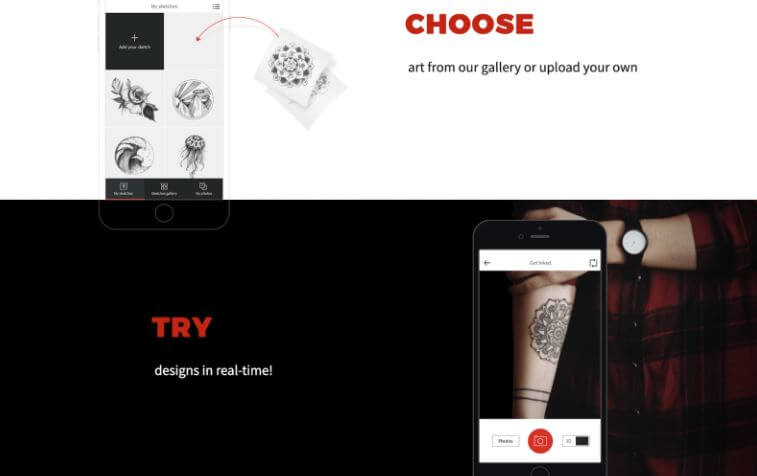
Image source: Ink Hunter
Clean user interfaces
Over the last few years, creating clean applications with generic, flat design styles has become a popular trend. However, since we’re designing for 2022 — it’s never a bad idea to include some innovative updates. With a clean, easy-to-use interface, you provide customers with a satisfying user experience, which leads them to associate your company favourably with their own personal experiences. A smooth user experience and minimalism are key factors for achieving interest and engagement in a user and is why we predict to see a simplified approach to UX design in 2022.

Image source: Squarespace
Bold typography
Using bold typefaces in a UX design is an easy way to catch people’s eyes. Bold typefaces stand out from their surroundings and demand attention. However for it to be effective, it must be an essential component of the entire look. Websites using this strategy include popular sites like Pinterest and Instagram. Bold typography has become an integral part of our digital world, so we’re going to see its popularity increase even further in 2022, especially on landing pages.
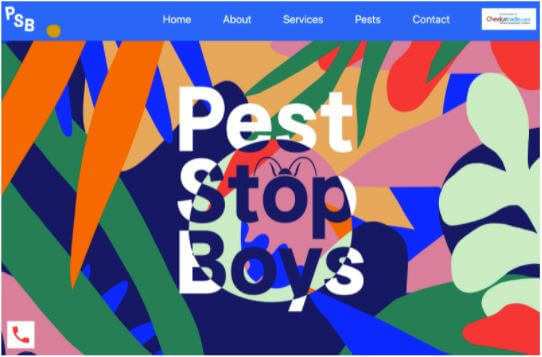
Image source: Pest Stop Boys
Responsive designs
Every year, new screens come out, and with each new device comes a need for user experience (UX) designers to create designs that fit well into these different environments. Responsive web design (RWD) allows for websites to be viewed by different devices. A responsive web page adjusts its layout so that it fits whatever device or window size you’re using. It ensures a consistent look and feel regardless of which device you use. Regardless of whether you’re using responsive design tools, like EditorX, which automatically adapts their layout for different devices; or designing pages that look good no matter where they appear — it’s more important now in 2022 than ever to consider screen sizes.

Image source: Magic Lead
Minimalistic UI
Minimalism has been one of the most popular trends for digital products since 2020. Minimalism allows companies to focus their attention on communicating the core messages of their brand rather than trying to distract consumers from them by adding unnecessary elements.
In an effort to engage consumers with discounts, subscriptions, cookie popups and various other notifications on a website, UX designers noticed these features can become overwhelming and exhaust a user’s attention. This is why a minimalist design approach became a leading trend in 2021. A clear and concise design with an emphasis on clarity of the business message, usability and navigation became the ‘it’ UX/UI trend and we predict to see this trend continue into 2022.
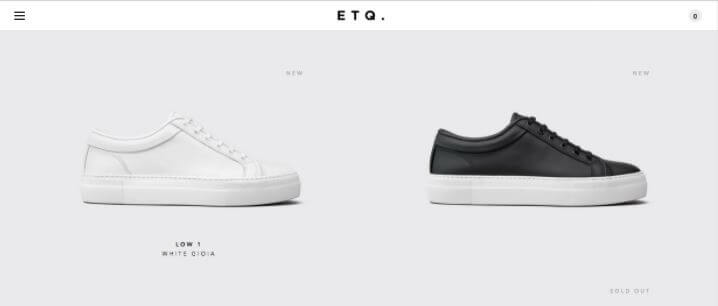
Image source: ETQ
Customised Experiences
User personalization was a leading trend in 2021. As the number of online services continues to grow, so too does their ability to provide unique experiences for every single person who uses them. The goal of a UX Designer in 2021 was to create designs and products that closed the gap between what a user expects or wants and what people actually experience. Personalization focuses mainly on things like localization (suggesting items based on location), demographic data (such as age and gender), and behavioural data (for example, data collected through cookies or web beacons). After gathering user data, UX designers designed experiences and journeys customized for each individual user. An example of customised experiences in 2021 was
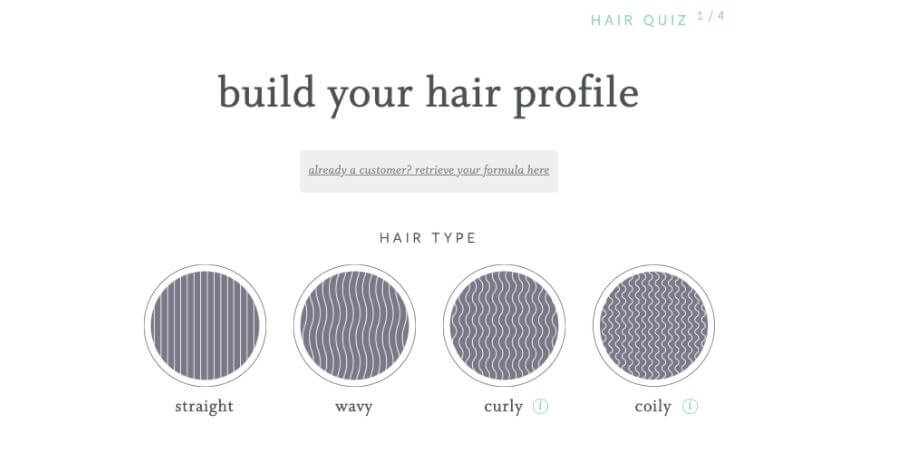
Image source: Function Of Beauty
Continuity
2021 saw a demand to achieve a seamless user experience. UX Designers focused on creating a sense of continuity, from the homepage, browsing of products, checkout to delivery, 2021 was the year to highlight the customer journey across UX Designs. Through the rise of online businesses, it was clear that the only way to succeed and stand out against the competition was to perfect the user-centric focus with a consistent design throughout the entire experience. 2021 saw a rise of this trend via super apps, an app that provides third-party integration. For example, Uber which was initially a ride-sharing app integrated their food delivery services ‘UberEats’ whilst waiting for your ride. UX Design continuity helped each element with the natural progression of one another in terms of developing a more engaging user.

Image source: Nike
VUi
Creating great user experiences using voice commands has been an established practice for quite some time now, however, the demand for convenience in 2021 saw a surge in implementing VUi within UX Designs. Initially, user experience design for voice interactions focused primarily on screens; UX designers used them so they would be seen by people who were using their phones. That’s one reason why voice user interfaces (VUI) saw popularity in 2021 because of its ability to provide an excellent user experience if used correctly. 2021 saw an increase in the usage of voice applications because of the greater demand for creating a seamless interaction between the user and the application.

Image source: Apple
Interactive Designs
An interactive design is all about creating an experience that brings up an emotional response from the user. These designs help to bring a deeper connection to the product or website and build a positive interaction. Animated UX designs saw a surge in popularity for 2021 and helped connect emotions to a product. Animations gave UX designers the opportunity to tell a story and give life to a product. Animated designs encouraged engagement and helped simplify navigation when used correctly. It’s also important to mention that this trend saw a rise due to the accessibility of 5G technology as UX designers were less wary of implementing animations because of higher download speed accessibility to the majority of consumers.
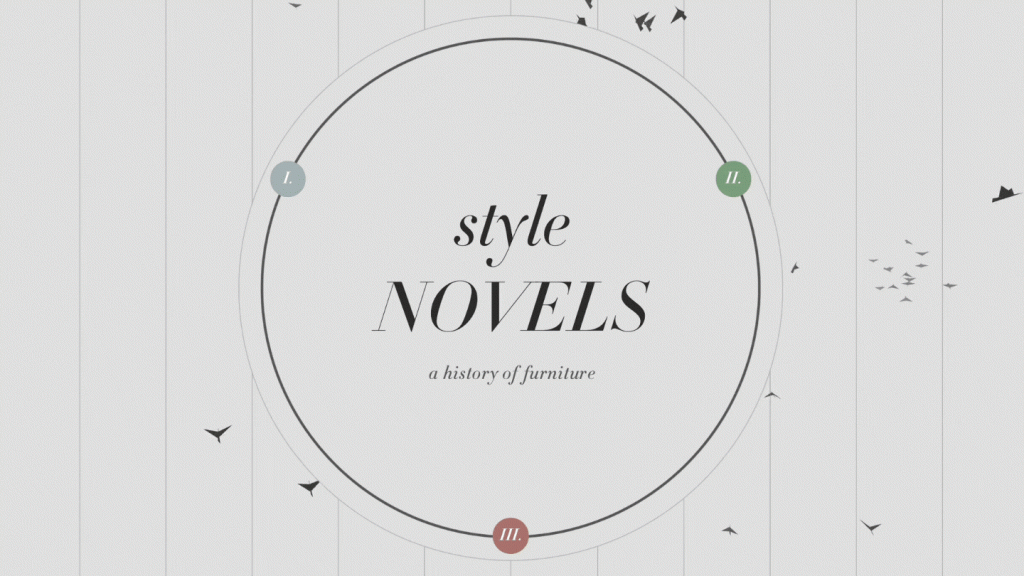
Image source: Style Novels
To ensure that brands and businesses across all industries have the tools they need to keep up with the new developments that will satisfy customers, we need to monitor current UX design trends.
User testing is one of the most important steps in the UX design process because it helps ensure that the final product meets its goals. Only with user research will you understand if a design trend will be effective for your platform.
But how do we know if these design trends are having the desired effect? That’s where user testing comes into play. Want to be sure a new UX design trend will work for you? Speak to the experts.
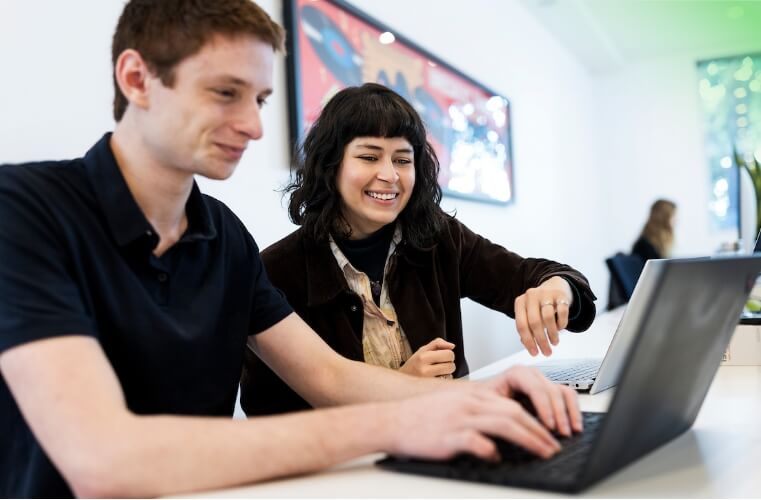
Our world class qualitative user testing can help explain the why behind your data and give you the answers to your burning questions.